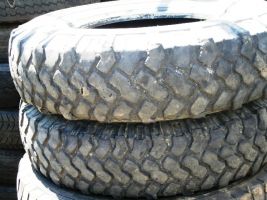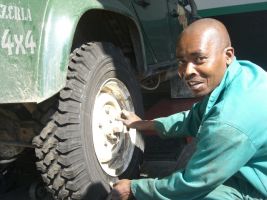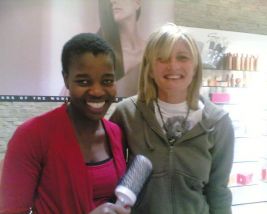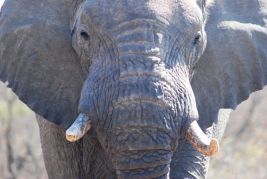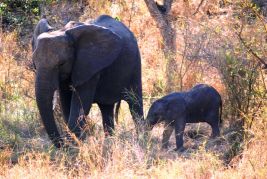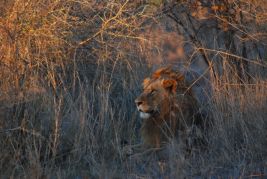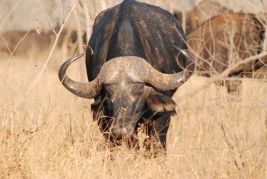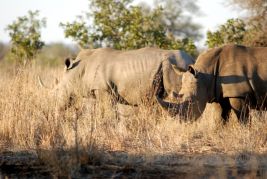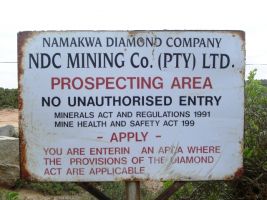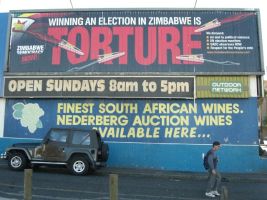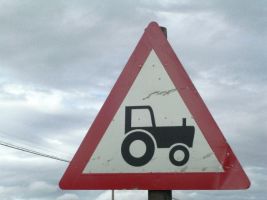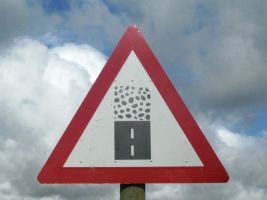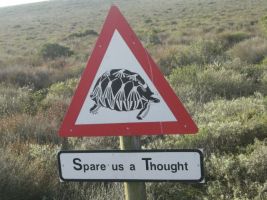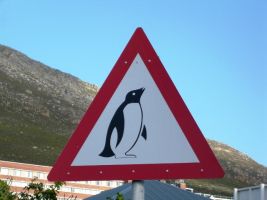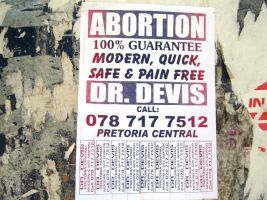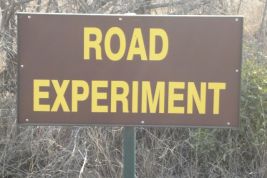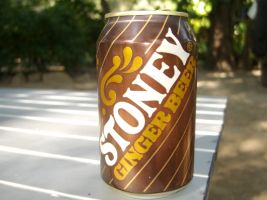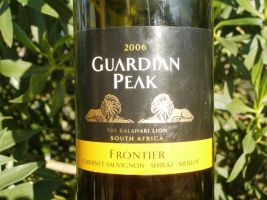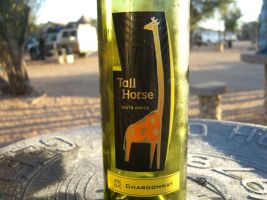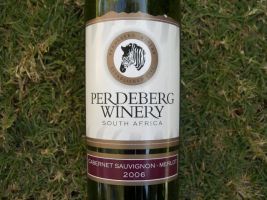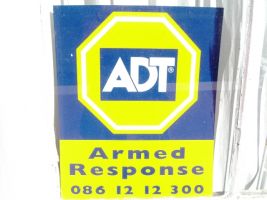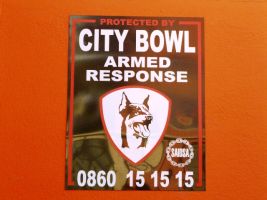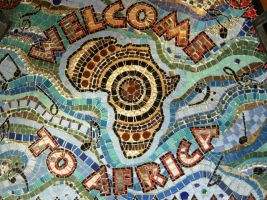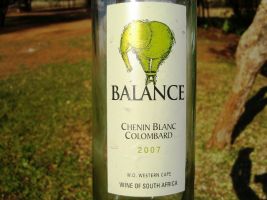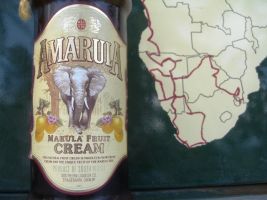
 Italia
Italia France
France Spain
Spain Morocco
Morocco Mauritania
Mauritania Senegal
Senegal Mali
Mali Burkina
Burkina Ghana
Ghana Togo
Togo Benin
Benin Nigeria
Nigeria Cameroon
Cameroon Gabon
Gabon Sao Tomè
Sao Tomè Gabon 2
Gabon 2 Congo
Congo Congo DCR
Congo DCR Angola
Angola Namibia
Namibia Sud Africa
Sud Africa Namibia 2
Namibia 2 Botswana
Botswana Zimbabwe
Zimbabwe Botswana 2
Botswana 2 Sud africa 2
Sud africa 2 Swaziland
Swaziland Mozambico
Mozambico Malawi
Malawi Tanzania
Tanzania Rwanda
Rwanda Uganda
Uganda Kenya
Kenya Etiopia
Etiopia Sudan
Sudan Egitto
Egitto Libia
Libia Tunisia
Tunisia Malta
Malta

Here we are again!
Within minutes, we are back in South Africa and furthermore, there is nothing to pay. The visa that we used the last time is still valid until the 25th of August. They haven’t considered the days we were not here and they haven’t renewed the expiry date.
Along the South African roads we come across many “townships”; these cities of the indigenous South Africans are the legacy of the terrible laws of Apartheid.
Within the walls that confine the houses and the sheds was were the “non whites” lived. They couldn’t reside anywhere else and they could not go in to the “white” cities without a permit. Within these townships, dancehalls and pubs were prohibited.
Residential areas, beaches, buses, benches, hospitals, schools, sports pitches and teams, everything was strictly segregated.
Today, with all this behind us, these colourful houses remain in these very poor ghettoes.
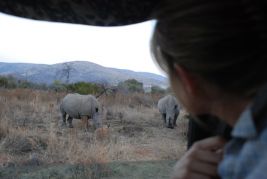
Pilanesberg Park – 5 August 2008
We head towards the Pilanesberg Park, a reserve full of all kinds of animals. In this area, there are volcanoes that haven't been active for over a million years; within their craters are some very large lakes.
We are lucky in our “photo-hunt” as we come across two white rhinos.
Pretoria – 6 August 2008
We knuckle down straight away to do catch-up on some essential maintenance work.
We are about to embark on a journey comparable to our outward journey and so we need to take every precaution with our vehicle as when we did before we first left.
We look for a tire dealer that sells Michelin XZL but it turns out to be, once again a difficult task, especially at a reasonable price. We finally find some near the centre of town at E.K. Tyres (GPS S25°44.850’ E28°10.844’) good service and reasonable prices. We leave the old tyres there, which they tell us would still be good for another 6,000km.
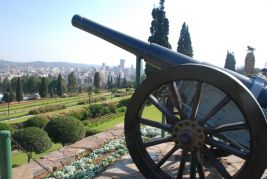
We also find an official Land Rover centre in the Centurion area
GPS S25° 51.985’ E28° 11.702’
They are very competent but are a little expensive. We have them check the bearings on all four wheels, replace the four washers that lock the nuts on the hub and tighten them up.
We replace for the third time the bushes on the rear struts and supports.
We stock-up with a few spares and then K7 is ready for the road.
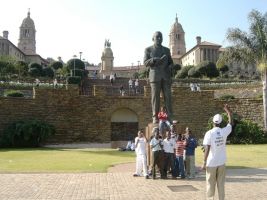
We go to the Italian embassy, as we the pages on our passports are full
They kindly issue new ones for 85-euro each.
The embassy is in the raised part of the city on the hill where the “Union buildings” are, the Government headquarters designed by H. Baker at the end of the 1800’s.
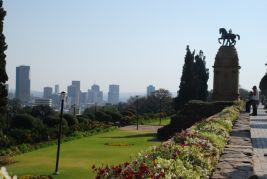
We lodge at the Pretoria backpackers
GPS S25°45.113’ E28°13.222’,
It is an old restructured house with an open fireplace and a tank of red fish in the garden.
However, we lodge in the ‘tool-shed’ out in the yard, not exactly luxury but it is furnished, heated and a lot cheaper.
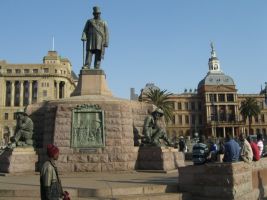
This city, the administrative capital, is the heart of the Boer territory. It has been the white fortress of South African “trekkers”, the controlling Dutch colonists who moved inland from the coasts, where they built farms and settlements. Today Pretoria is not a place for city walks; you have to be very careful into which neighborhood you wander. For example, in the city centre in the lively Church Square, with the statue of Paul Kruger and its bronze sentries forged in Italy, there are visibly no whites.
We are the only ones
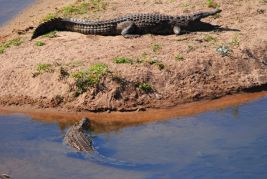
Kruger Park – 12 August 2008
This park is amongst the most famous in the world.
Starting out as a private hunting reserve by Paul Kruger in 1898, thirty years later, thanks to J. S. Hamilton, it became a wildlife park.
Just as we arrive, the park shows us its calling card.
A river full of crocodiles…
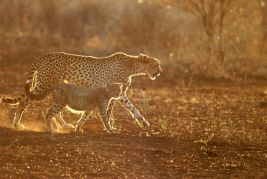
The park, with all of its different wild animals, can be crossed by various paths; also, there are many fenced campsites. However, they are all seemingly permanently booked and full… “Fully book” as the rangers keep saying.
Many tour operators block off certain roads, hindering normal tourism, though not everyone uses them; however, we decide to go… “Wild”.
At 6 o’clock in the evening, we get to the last campsite available, they’re closing their gates, and we get to the front of reception… With a few smiles and a bit of over-acting we manage get ourselves sorted out.
Ha, that’s good!
Perfect.
These wild cheetahs and their offspring are not at all like the ones we saw on the farms, that we described as just big pussycats…
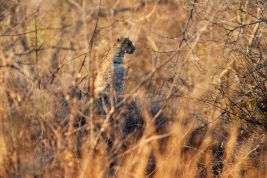
BIG FIVE! – 13 August 2008
Here we see many impalas, kudus, elephants, giraffes, hippos, zebras, klipspringers, but only on the 13th of August do we manage to see the BIG FIVE all on the same day!
An elephant, a rhino, a buffalo, a lion and an aloof leopard.

Blyde River canyon – 15 August 2008
This is the third largest canyon in the world, after the one in America and Fisher River in Namibia.
We take an excursion on foot to get a better view and to stretch our legs after so much time in the car.
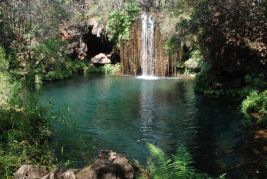
We come across some truly paradisiacal places. The only things that are missing are the nymphs and fairies.
We make the most of our midday break and carry out some K7 maintenance.
We check all the fluid levels, we rivet some of the loose and broken pieces of bodywork, and we fix a support to a protective plate on the disc brakes that had snapped-off.
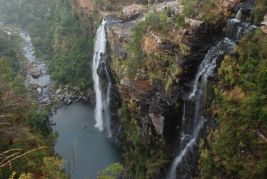
The road that runs right along the edge of the Canyon is full of waterfalls and spots for panoramic views.
A beautiful place, but the weather is not the best, so we decide to take off.
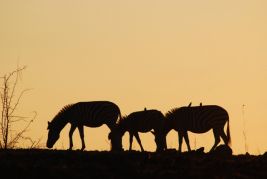
Our Impressions
South Africa is an extremely complex country. It is completely different all the other African countries. Its history is very violent, mainly dominated by the wars between Boers (Dutch) and the English, fighting between whites and Africans, with huge immigration from Asiatic populations. The whites that live here have a history that dates back 400 years. They do not feel like colonists, but like people who belong here. From a sociological point of view, this country is unique and difficult to comprehend.
The social “pressure” on the black population over the whites creates a notable psychological tension.
From a tourist point of view, providing one is VERY careful in taking the necessary precautions against, albeit small crime and when visiting known “hot spot” areas, South Africa is a great place to visit.
It is European from the point of view of its public places and from all its many different kinds of services available.
It has numerous parks and tourist spots. It is a place, if you just go for the essential must-dos, can be visited in just two weeks. It can take up to two months if you want to admire the enchanting views outside these touristic routes. We have been here for nearly two months and there is so much we did not get to see.
How long would it take to visit all of Italy?
